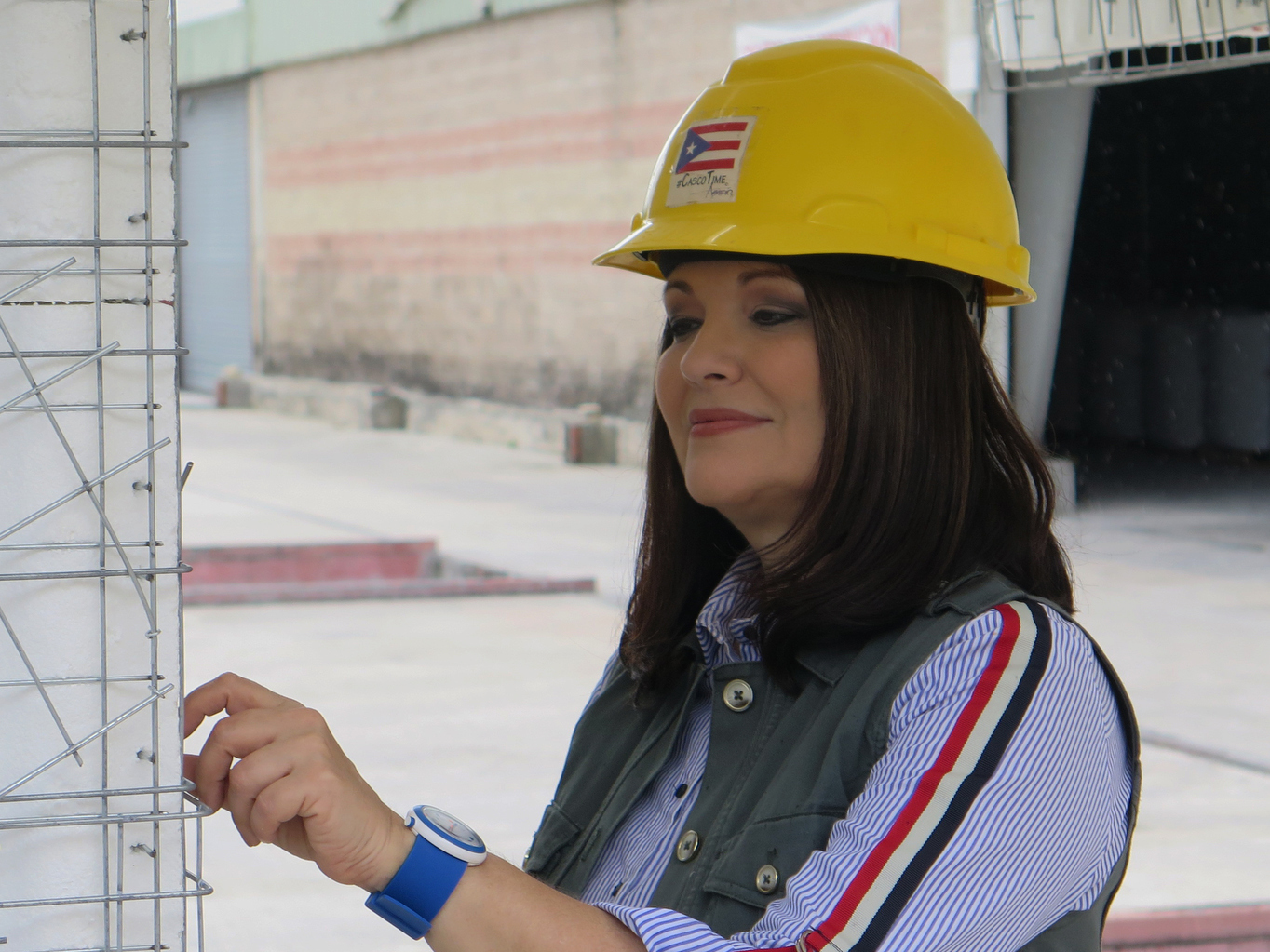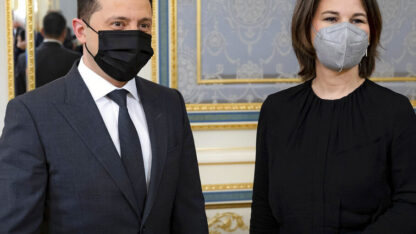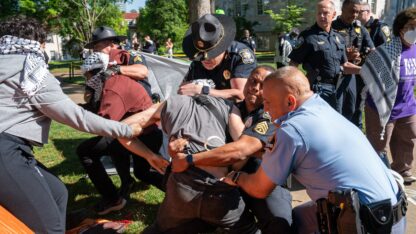In Puerto Rico, The Campaign For A Hurricane Proof House

Astrid Diaz is a well-known architect in Puerto Rico and has designed a new modular home resistant to hurricane-force winds.
Greg Allen / NPR
In Puerto Rico, nearly two years after hurricane Maria, the need for safe, affordable housing is still a massive challenge. “We have more than a half million people affected. And we have to build, minimum, 75,000 homes, ” says Astrid Diaz, a well-known architect in Puerto Rico. She was part of a FEMA team that assessed the island’s infrastructure after the storm.
Diaz often appears on television wearing her trademark yellow hardhat, promoting her “Casa Segura-Safe Homes” campaign.
But long before the storm, she urged residents on the island to develop a disaster plan and to make their homes hurricane-resistant. Since the storm, Diaz has a new project. She’s designed a modular home, resistant to hurricane-force winds that she says can be built for $30,000. Not coincidentally, that’s the maximum amount of assistance FEMA makes available for homeowners. “I started thinking that I need to design a house for people in Puerto Rico, a house where they feel safe.”
Diaz’s new modular home is on display at a building products factory in Toa Baja, about 20 miles west of San Juan, the island’s capital. Right now it’s just a prototype, a few walls and a roof of polyurethane foam — a lightweight, economical and durable building material.
“It’s strong,” because the foam panels are covered with a galvanized steel mesh that provide structure and load-bearing capacity, she says. Once the polyurethane foam and steel panels are available on site, Diaz says, “it’s easy then to [assemble] a house in a few days.” Mortar is then applied to the exterior, adding weight and structural stability and giving it the appearance of a typical Puerto Rican home made from concrete blocks and cement.
Diaz has designed one, two and three bedroom versions of her modular home, including traditional Puerto Rican features. “We like cross-ventilation, natural illumination. We like the balcony,” she says. “With the new building technology, we can build it rapidly and ecologically.”
An added feature Diaz offers is an “eco-capsule” — a cistern for capturing rainwater with attached solar panels, batteries and a wind generator.
And because the ability to expand homes is important to people in Puerto Rico, Diaz designed her homes to be able to do that, too, with additional rooms and even a second story. Diaz says traditional homebuilding led some homeowners to leave steel reinforcing columns exposed on the roof to make it easy to add a second floor later. “After years, the corrosion affected the structural stability of those homes,” she says.
That’s one reason why many homes collapsed in the storm but the new modular homes won’t have that vulnerability, she says. Diaz says her homes will comply with Puerto Rico’s new building codes, which require construction to be able to withstand wind speeds up to 184 miles per hour and higher, depending on the location.
She has two modular homes going up soon on the island of Vieques, the first of what she hopes will be a new generation of affordable, hurricane-proof homes for Puerto Rico.
9(MDAxODM0MDY4MDEyMTY4NDA3MzI3YjkzMw004))








